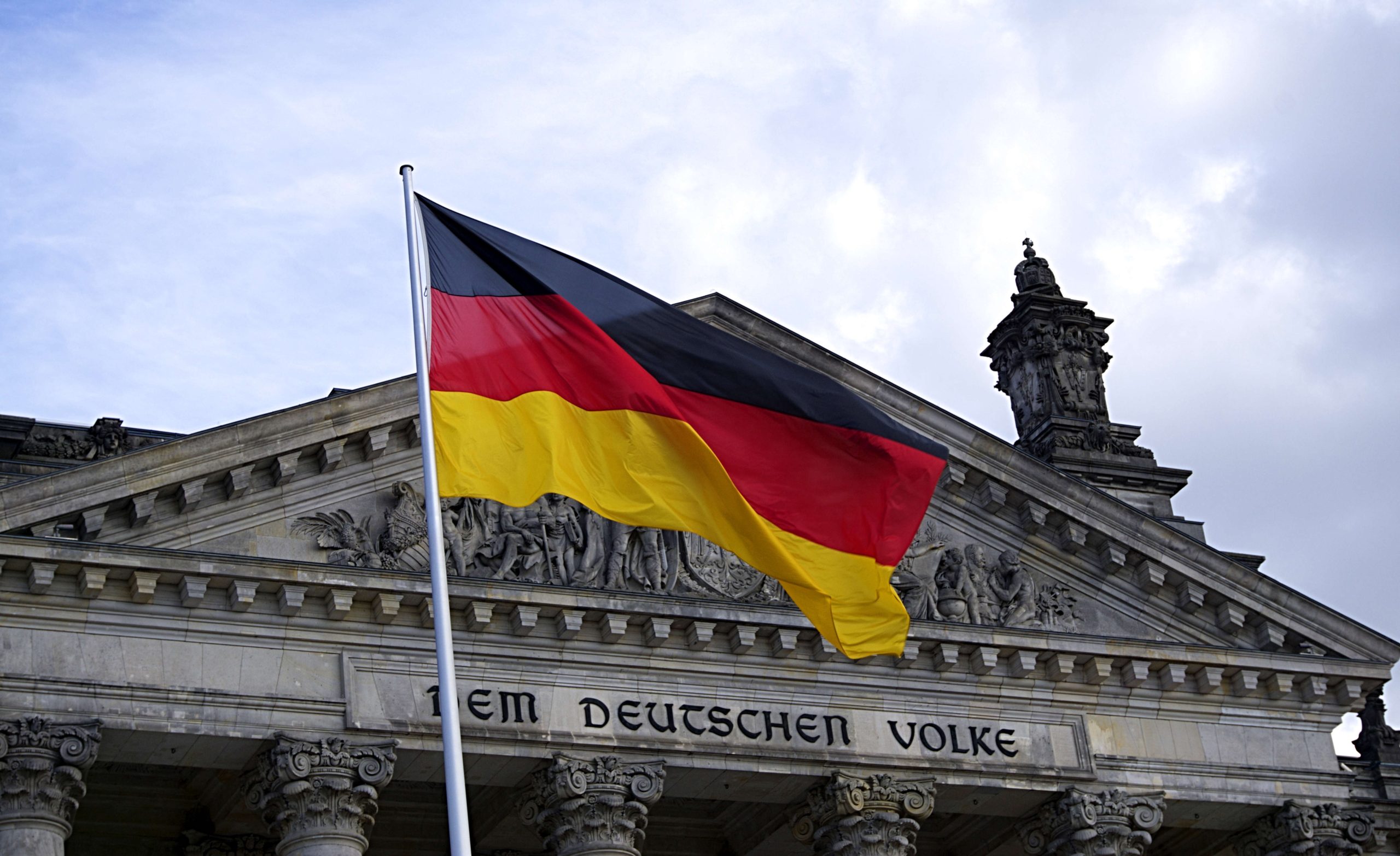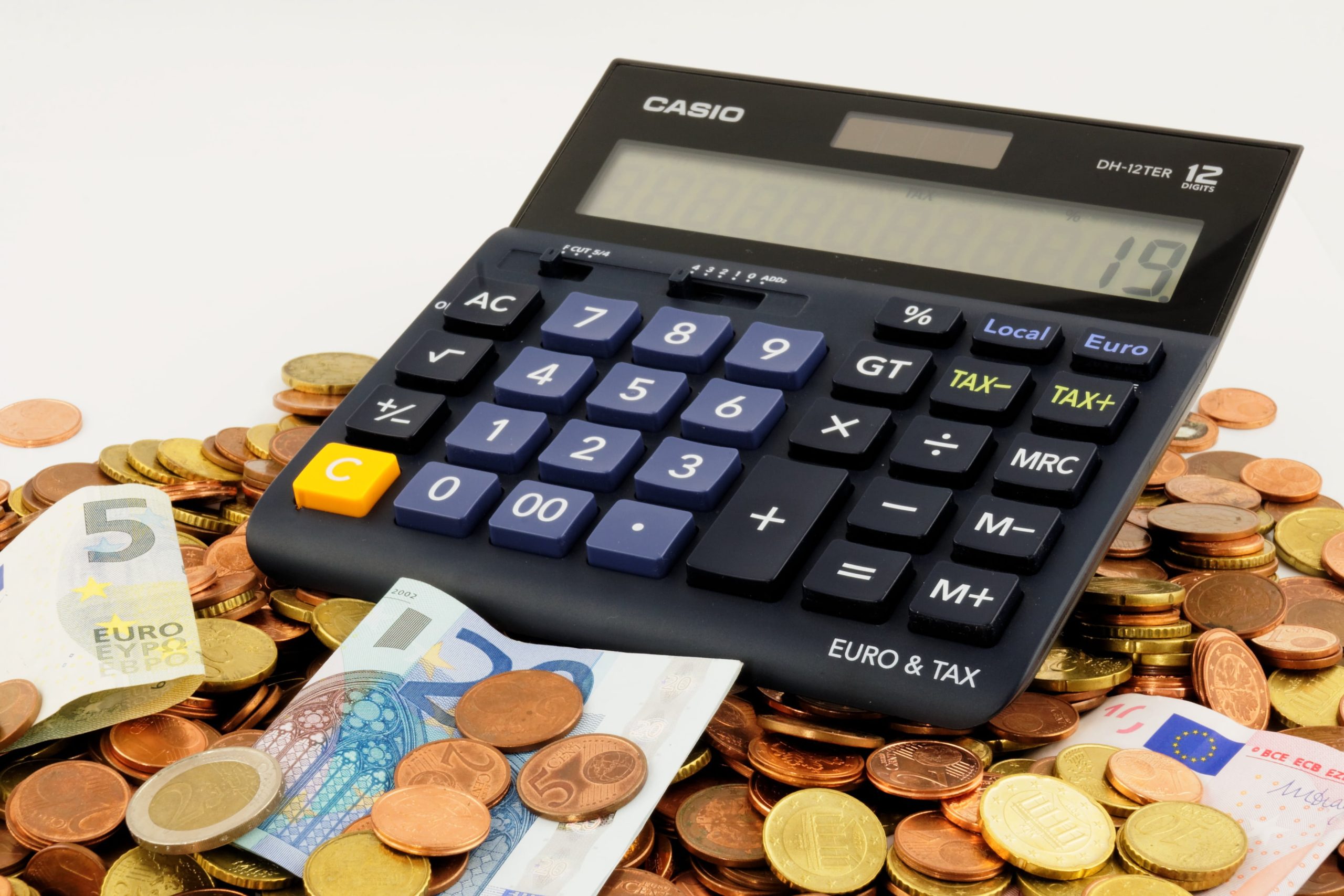
Post-war Europe was a fragmented continent, economically ruined by two world wars and marked by the ideological division between East and West. In this tense context, the idea of an economic and political union arose not from imperial ambition, but from the desperate need for stability among European states.
The context of the formation of the European Union and the dynamics of public debt
As early as 1951, the Treaty of Paris laid the foundation for the European Coal and Steel Community (ECSC), an economic agreement between six states (France, Belgium, the Netherlands, Luxembourg, Italy, and West Germany). This alliance was intended to eliminate the economic rivalries that had fueled two world wars that had ravaged the old continent. The signing of the Treaty of Paris was only the beginning of a journey that would lead, in just four decades, to the formation of the European Union. The Treaty of Rome, concluded in 1957, led to the expansion of trade cooperation, thus creating the European Economic Community (EEC). The stated goal at the time was simple and ambitious at the same time: to create a common market with the free movement of goods and services, people, and capital. The undeclared intention of European leaders was more strategic, based on economic interdependence aimed at preventing another war and ensuring the common prosperity of the signatory states of the Treaty of Rome. Over the next four decades, the European Union expanded and consolidated through successive reforms. The first reform we mention is the Single European Act (SEA). Signed in 1986, the SEA amended the Treaties establishing the European Communities and established political cooperation between the signatory states. The term “European Union” was made official with the adoption of the Maastricht Treaty in 1992, which came into force on November 1, 1993. The EU’s current modern structure was established by the Treaty of Lisbon in 2007. However, an economic union cannot exist without fiscal coordination. It was precisely in this fiscal coordination that the seeds of future economic crises were hidden from the outset.
Public debt, an indicator of imbalances
If we look at public debt relative to GDP in the European Union, we see that official data indicate huge discrepancies between member states. Greece tops the ranking of debt relative to GDP with a debt level of 142.2% of GDP, followed by Italy with 137.3%, France with 116.3%, and Spain in fourth place with 100.6%. At the opposite end of the spectrum are countries such as Bulgaria with 26.7% and Estonia with 21.4% debt to GDP. These figures should not be viewed as mere statistics; they are in fact the result of decades of economic policies, internal crises, failed reforms, and different social models. While Western Europe was built on the basis of a generous welfare state and a sophisticated industrial economy, Eastern Europe, which joined the EU later, had to work hard to catch up after huge historical gaps. This structural difference explains why, more than 35 years after the fall of communism, public debt and social policies remain deeply unequal between East and West.
A two-speed Europe, the origin of imbalances
The European continent underwent an unprecedented geopolitical transformation with the fall of the Iron Curtain. The countries of Central and Eastern Europe rushed to join Western structures, first NATO for fear of the Russian Federation’s harmful influence, and second the European Union, as a beneficial factor from an economic point of view. Economic integration was not uniform for all states. While countries such as Germany, France, and the Netherlands benefited from a solid industrial base and a robust tax system, the new member states from the East had to go through tough processes of privatization of state-controlled factories, restructuring, and austerity. Thus, we can say that a two-speed Europe has been formed: Western Europe, whose countries have mature economies, developed infrastructures, high levels of public debt, but also a large fiscal capacity to support social policies. Eastern Europe, with lower debts, but with a number of structural social and economic vulnerabilities.
The role of public debt in European integration
From an economic theory perspective, a country’s public debt is not a bad thing in itself. Public debt only becomes problematic when its financing does not generate economic growth. Countries such as Germany and France can sustain debts of over 80% of GDP because they invest constantly in infrastructure, innovation, and social protection. In contrast, southern European countries such as Greece, Italy, and Spain have always faced huge debts caused by inefficient public spending, an economic model dependent on consumption and tourism, and, last but not least, tax evasion. The financial crisis that hit Europe between 2008 and 2012 highlighted these vulnerabilities. For example, Greece, on the verge of bankruptcy, was forced to accept bailout packages from the European Union and the International Monetary Fund (IMF) in exchange for draconian austerity policies that severely affected the Greek people. The same economic crisis demonstrated that a common currency (the euro) without a common fiscal policy is an incomplete system. Countries that were unable to devalue their national currency were forced to adjust their deficits through budget cuts (see the case of Romania, where civil servants had their salaries cut by 25%), thus increasing social tensions.
The economic crisis, a driver of integration
Jean Monnet, one of the founding fathers of the European project, argued that the European Union has always been built “through crises.” Each crisis that has hit the EU has brought a new stage of integration. In the 1970s, the oil crisis stimulated energy cooperation. The 2008 global financial crisis, which originated in the US, led to the creation of the European Stability Mechanism (ESM). The COVID-19 pandemic led to the issuance of the first joint European bonds to finance the NextGenerationEU recovery plan. The war in Ukraine has accelerated investment in the arms and technology industries. These institutional responses have strengthened economic cohesion at EU level but have also intensified the debate on solidarity. Countries with low debt, such as Germany (65.4%), the Netherlands (43.3%) and Finland (currently at 86.4%), have often been reluctant to accept the idea of “mutualizing” public debt. On the other hand, southern EU countries have called for greater redistribution of the EU budget, arguing that the Union cannot survive if prosperity is concentrated only in the north.
Fiscal discipline and economic reality from Maastricht to the present
In 1992, the Maastricht Treaty introduced strict criteria for countries wishing to join the eurozone. The first criterion is that public debt must not exceed 60% of the country’s GDP, and the second condition is that the annual budget deficit must not exceed 3% of GDP. These conditions, designed for financial stability, have become a symbolic benchmark over the years. But, paradoxically, even the founders of these rules constantly violate them. France currently has a debt of over 116% of GDP, Germany is struggling to stay below the 70% threshold, but its debt is growing. Italy and Greece are exceeding all historical limits, and Romania is following closely behind, having ended up borrowing at the highest interest rates in the EU. Thus, what was supposed to be a mechanism for economic discipline has turned into an indicator of structural inequalities. Countries with limited fiscal space have been forced to reduce public investment, widening the development gap with the high-performing economies of northern EU countries.
Western Europe, the economic engine and the paradox of high debt
Western Europe is the economic heart of the EU because it is home to the countries that laid the foundations for the European project and which, despite high levels of public debt, continue to dictate the major directions of economic and social policy. Germany, France, the Netherlands, Belgium, Luxembourg, and Austria are the economies that have shaped the rules of the European game, from fiscal discipline to social solidarity. The fundamental paradox of this region is that the most developed countries are also the most indebted, but at the same time they are the most capable of managing their debt. This paradox reflects not a structural weakness, but an economic model based on trust in the state and the stability of financial institutions. Germany, for example, has budgetary discipline as a national philosophy, which is why Germany is considered the economic engine of Europe, with relatively moderate public debt in relation to the size of its economy.
Western countries have created a balance between competitiveness and social cohesion, but demographic challenges, the green transition, and geopolitical costs (no one knows how or when the war in Ukraine will end), as well as the excessive migration that has hit the EU, are putting pressure on public budgets. However, Western Europe is demonstrating that high public debt does not necessarily mean vulnerability, if the debt is financed by strong economies and credible institutions.

The German economic model is based on three essential pillars. The first pillar is manufacturing and exports, which have made Germany the leading European exporter and one of the world leaders in areas such as the automotive industry, industrial equipment, chemicals, and green technologies. “Industry 4.0,” a strategy launched in 2011, has transformed the German industrial sector into a symbol of automation and efficiency. German exports exceeded (in 2023) €1.6 trillion, representing about 45% of GDP. Germany’s second economic pillar is prudent fiscal policy. In the 2000s, the “Schwarze Null” (“black zero”) doctrine of budgetary balance was introduced as a symbol of fiscal responsibility. Even in times of recession, the Germans refused to borrow excessively, preferring slow but sustainable structural adjustments. The third pillar of the German economy is the social model of the “social market economy.” The German state intervenes to ensure a balance between economic efficiency and social justice. Social spending (pensions, health, education, social assistance) accounts for over 30% of the public budget, but this is mainly financed through contributions rather than debt (loans). Recent political crises, from the energy transition (the famous Green Deal) and the war in Ukraine to demographic challenges, are putting pressure on the German model. However, thanks to a diversified economy, Germany remains the most stable fiscal pillar of the EU.
France represents another image of the Western economy, with public debt of around 116% of GDP. A generous but costly welfare state, France spends almost 33% of GDP on social protection, the highest percentage in Europe. This policy ensures social cohesion and a high quality of life, but reduces fiscal competitiveness, which leads to increased pressure on debt. The areas that add value to the French economy are the aeronautics industry (Airbus, Dassault Aviation), a symbol of European innovation; the luxury and fashion sector (LVMH, Chanel, Hermès), a major contributor to exports; nuclear energy, with 70% of French electricity coming from nuclear sources, ensuring energy independence and the export of know-how. As in any economy, there are also sectors that are losing ground. France is facing losses in the heavy industry sector, which has been relocated to Eastern European countries in recent decades. Although heavily subsidized by the Common Agricultural Policy (CAP), the French agricultural sector remains vulnerable to global market fluctuations. The social crises of the last decade (the “yellow vest” movement), massive strikes in the transport sector, and opposition to pension reform (the French government has fallen five times in the last two years) illustrate the tension between fiscal sustainability and the social protection model. France is experiencing a paradox. Although it is Europe’s second largest economy, France is one of the most indebted countries in the EU due to its structural dependence on high public spending.
With public debt at just 43.3% of GDP, the Netherlands is a classic example of a small but highly competitive economy. The Dutch success is based on efficient public administration, a culture of commercial innovation, and a favorable tax system for companies. With the port of Rotterdam (the largest in Europe, as the main gateway for continental trade), the Netherlands is a global logistics hub. Moreover, the Dutch state constantly invests in education, digitization, and renewable energy. In terms of social policies, the Dutch state offers universal minimum protection but encourages individual responsibility. This combination has resulted in a stable economy with one of the highest productivity rates in the world.

Belgium, with a public debt of 106.4% of GDP, characterized by political complexity and economic resilience, is a special case. Although Belgium’s economy is developed and its citizens enjoy a high standard of living, its fragmented political system (Flemish vs. French-speaking) creates great difficulties in managing public finances. We can say that Belgium perfectly reflects the dilemma of a “rich but bureaucratic Europe”: slow economic growth, high debt, but citizens enjoy social stability. Social spending is high, exceeding 30% of the budget, but administrative efficiency remains a problem. However, the pharmaceutical sector, financial services in Brussels (a European administrative center), along with food and chemical technology, are added value to the Belgian economy.
The prosperous microstate of Luxembourg, with a debt of 25.4% of GDP, is the richest member state of the European Union, with a GDP per capita of over €120,000. The Luxembourg economy is based mainly on financial services, information technology, and fiscal innovation. Luxembourg has managed to combine moderate corporate taxation with a high level of social protection, which is a rare economic recipe. The Luxembourg economic model shows us that a small but stable country can prosper in a globalized economy if it has transparent institutions and high-level human capital.
Characterized by a balance between discipline and solidarity, Austria is an example of a mature social market economy, similar to the German model. With public debt at 60.7% of GDP, the main economic sectors are: mechanical and automotive industry, mountain tourism, energy, and financial services. Austria allocates approximately 27% of its budget to social protection, with an emphasis on health and education. Politically, the state has been stable, and in fiscal terms, Vienna maintains a balance between expenditure and revenue, and public debt is kept under control.
To be continued….



 Subscribe
Subscribe